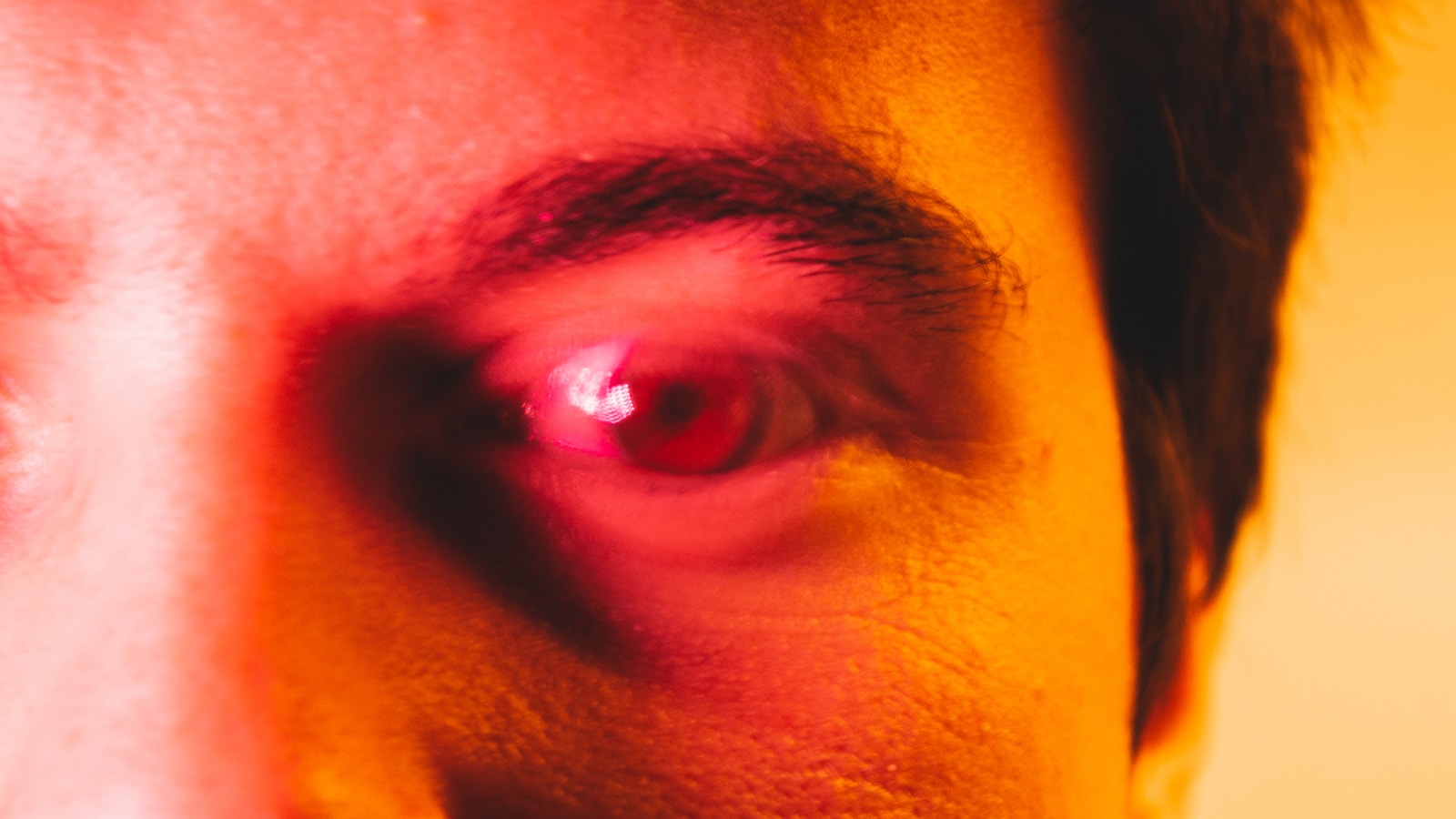As Steven Crowder once pointed out, if “surveys” conducted by campus activists are to be believed, college campuses in the U.S. are even more dangerous for women than the Congo, where mass rape is a strategy. Before you can screech “MeToo!”, Australian media are splashing lurid headlines about “university sex shame”.
But what, exactly, is all the shrieking and pearl-clutching about? According to a “survey”, 16% of students have been sexually harassed and 4.5% sexually assaulted during their time at university. Not one of the hysterical media reports, nor the agonised hand-wringing from University officialdom, noted that this is not only lower than similar surveys find for the general community, but a decline of 60% in just five years.
That is, of course, should you choose to believe the surveys. Because there’s every reason not to.
Like the 2016 on-campus harassment survey, Universities Australia’s 2021 survey produces bad numbers by design. That may or may not have been the intention of the trade organisation that represents Australia’s 39 publicly funded universities. But it is the mathematical reality of the survey it commissioned.
Any survey is only as good as its design. That includes not just how the survey questions are worded, but how participants are selected.
When a survey classes being looked at as “sexual harassment”, it’s clear that it’s setting the lowest possible bar in order to harvest the most alarming-sounding results.
According to the survey, the No.1 form of sexual harassment suffered by students last year was staring. Roughly two-thirds of students reporting sexual harassment suffered staring. Our students must be stared to death.
But don’t blame the students. They didn’t necessarily claim they were harassed. The survey asked them if “anyone ever made you feel uncomfortable, harassed or upset (by) staring at you”. That’s a much lower bar. It was UA and its contractors at the Australian National University Social Research Centre who decided “uncomfortable staring” constituted sexual harassment.
In fact, the survey report notes “many students who reported experiencing unwanted staring … were unsure whether the incident qualified as sexual harassment”.
A common gambit by unscrupulous activists and/or media trying to gin up “survey” numbers to make them as headline-grabbing as possible is to conflate marginal occurrences with the very worst.
For instance, a survey might report “alarming levels of self-harm in children”. But there’s two problems with that claim: firstly, “self-harm” varies from something as simple as flicking a rubber band to cutting or suicide. The mildest forms are in fact the overwhelmingly most common: but that’s not what we’re conditioned to think of, when we think of “self-harm”.
Secondly, “children” includes young adults up to the age of 17 years and 11 months — the oldest children are in fact the most likely to “self-harm”. But, when we hear the word “children”, we almost always think of kids under ten.
So, “self-harm in children” conjures horrifying visions of pre-teens slashing themselves with razors, when in fact it almost always means young adults pinching themselves.
It’s the same with “harassment” and “sexual assault”: the words are deliberately slanted to be conflated with the worst lechery and outright rape. But almost no students are actually reporting those.
The second and third most common forms of sexual harassment reported in the survey were “touched, hugged or invaded personal space” and “followed or loitered near you”. If someone invaded your personal space, even in a non-sexual way, that’s sexual harassment.
Only 1 per cent of students reported experiencing unwelcome “requests for sex or repeated invitations to go on dates”, and even fewer encountered more threatening behaviours.
The other obvious flaw with the survey is its sampling bias.
UA and ANU’s Social Research Centre broke the most elementary rule of survey research. Their sample was enormous: 43,819 students answered the survey. But it almost certainly did not represent the university population as a whole.
The most famously wrong survey in history is Literary Digest’s 1936 presidential poll. It also had a huge sample size: 2.4 million. But it was completely and utterly wrong. Because its sample was solely based on its readers, who were heavily biased toward the losing candidate.
The UA survey reached a sample of 378,992 students at 38 universities. But only 43,819 responded, yielding a response rate of only 11.6 per cent. If these 11.6 per cent were representative of the entire student population, no problem. But it is perhaps just possible that students who had experienced sexual harassment might be likelier than others to respond to a survey on sexual harassment.
The Australian
One way to be sure, would be to analyse the gender proportions of the respondents — which was the third question in the survey. But UA won’t release that information, even though media have requested it.
Which should surprise no-one. A problem solved is an existential crisis for an activist. Activist researchers will do anything not to admit that there’s no “sexual harassment crisis” on campus.
Because, if they did, they’d have to shut up shop and look for real jobs.

